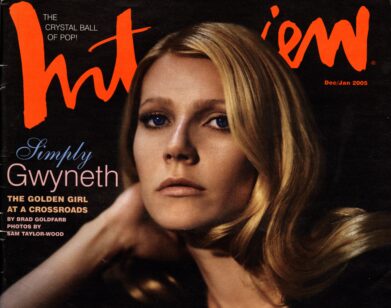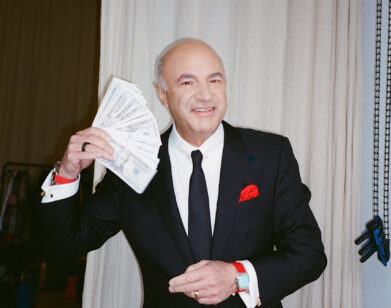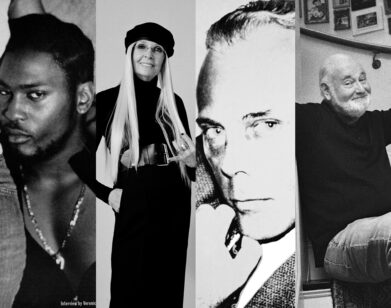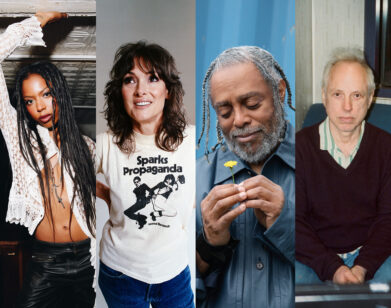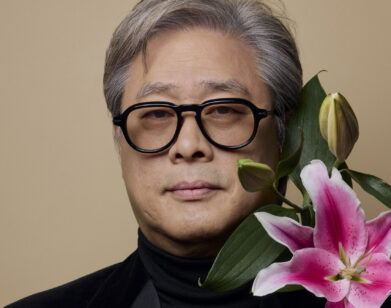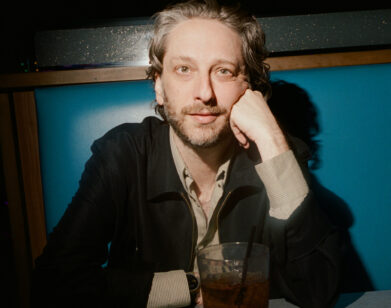Of Models and Mipsterz
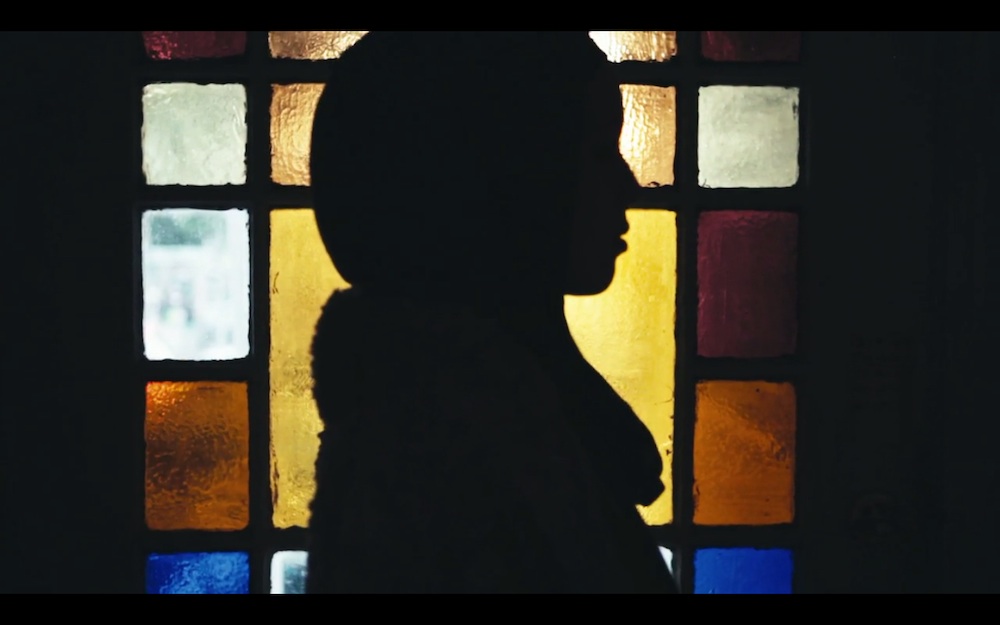
ABOVE: A STILL FROM SOMEWHERE IN AMERICA. IMAGE COURTESY OF HABIB YAZDI.
Amidst all the hubbub of New York Fashion Week, another, markedly smaller fashion event took place last Thursday night at the SVA Theater, the New York Fashion Film Festival. The fifth annual Festival endeavors to highlight the unique relationship between fashion and film, and to showcase the work of fashion photographers and directors, from the likes of Wes Anderson and Roman Coppola, to more obscure directors just getting their start.
The night kicked off with a parody short by director Matthew Frost. A flower-wreathed Lizzy Caplan frolics about her L.A. home and backyard wearing Viva Vena, telling us about her blog, her typewriter, her art projects, and the band she’s starting with a friend, embodying every 20-something hipster stereotype, and making the entire audience laugh in the process.
From there on out, the show took itself a bit more seriously. Pierre Debusschere’s film Holy Flowers—Fade Into You brought aesthetics to the forefront. Inspired by the flower installation by Mark Colle at Raf Simons’ final Jil Sander show, it was gauzy and glamorous; a slow motion ride through stunning floral and fashion visuals to a heavy bass beat.
Matt Lambert’s spot for London Collections Men 2013 went in the indie direction, featuring voiceovers of British male models on what style means to them. The panelists loved it; photographer Cass Bird cited the “real vulnerability” in the models’ dialogue, and brand consultant Alain Sylvain lauded the “balance of lo-fi and professional” qualities in the filmmaking.
Cass Bird had a short in the Festival’s lineup in addition to her role as panelist. Her music video featured model Daria Werbowy against a stark white backdrop, while she changed into and out of clothes, going from B-girl, to skater, to motorcycle jacket wearing rocker, to naked, and finally into women’s clothes. Panelist and former Interview editor Glenn O’Brien said of Werbowy: “She almost looks more feminine when she’s wearing men’s clothes,” to which Bird replied, “I’m drawn to subjects that expand that [androgynous] notion.”
Glen Luchford’s short, A New York Moment, starred Blue is the Warmest Color actress Léa Seydoux wearing Rag & Bone clothing on a rainy day in the city. Luchford probably met the aim of the Festival best. Many fashion films get lost in the artistry or the music, but Seydoux and Luchford—along with a killer soundtrack—brought the collection to the forefront. The clothes were the means and the end of the film. Seydoux’s bob cut and confidence made the Rag & Bone styles look effortlessly chic and cool in the tradition of her own Parisian heritage.
The Festival’s unanimous standout was director Habib Yazdi’s film, Somewhere in America. Yazdi followed regular girls, not models, sporting their own unique styles and dominating the pavement with their attitudes. The young women all wear hijab, reveling in self-assured confidence to the beat of Jay Z’s “Somewhere in America.” When we spoke to Yazdi about the film’s cast, he remarked, “We cast the video by originally reaching out to a handful of women we knew who had remarkable fashion sense and wear the headscarf. One of the women, Layla Shaikley, spread the word to her other remarkably talented and stylish friends, so we wound up with more than 20 women in the video.” Frank Sun, the film’s cinematographer and occasional Interview photographer, found it incredibly important to portray authenticity above all else. “The original intent was to make a fashion video featuring stylish Hijabi women having fun. We wanted to portray our subjects doing what they love. We focused on highlighting the natural beauty of the apparel, but most of all, we wanted to show real people and real places.”
The tongue in cheek hashtag #MIPSTERZ (otherwise known as Muslim Hipsters) finished the film. “Those are people with original style, and luxury is taking from that,” commented panelist Julie Gilhart. “[The video] exuded them not trying, just being, just playing. There was a joy in that I really liked.” That demeanor was intentional for the filmmakers. Yazdi said they chose to layer the Jay Z song, because “the beat commands a particular swagger and… attitude that imbues every scene with an additional punch.” For Alain Sylvain, music too played a vital role in the storytelling of the otherwise silent music video. “Hip-hop really is intentionally about storytelling. Jay Z can say all about the American experience in one song.”
While the Festival featured an array of aesthetics and genres, the overall theme was, of course, shock value. Steven Meisel’s Lanvin Summer 2013 spot was interrupted by a Skype call humorously commentating on the shots. Monica Menez’s short film, Odditory, turned out to be a clever wordplay on “auditory,” and played like a bizarre sexual perversion in a university lecture hall, until you realize the students are attending the so-called “School of Sound Effects.” Danny Sangra’s No F****** Around in Room 427 showed a young British couple mistakenly checking into the hotel’s censored room, where cursing and nudity are prohibited. Another Steven Meisel piece, entitled Show Girl, stared transgender model Carmen Carrera performing in front of a room of fawning men. Glenn O’Brien described the Festival’s closing film, Tarik Malak and Timothy Douglas’s Entropy, as “like being on ‘shrooms.”
Gilhart spoke to the intent of the Festival during the closing Q&A: “A screen is static, a film is like a song. I see so many fashion shows this week. I wish I saw more films.” Somewhere in America cinematographer Frank Sun echoed that sentiment, “Adding the element of film can enhance the statement of a designer. Contemporary fashion often incorporates creative branding to associate the apparel with its subculture, and fashion film, when finely executed, can bring to light the unique relationship between clothing and those who wear it.”
FOR MORE ON THE NEW YORK FASHION FILM FESTIVAL, VISIT THE FESTIVAL’S WEBSITE.

